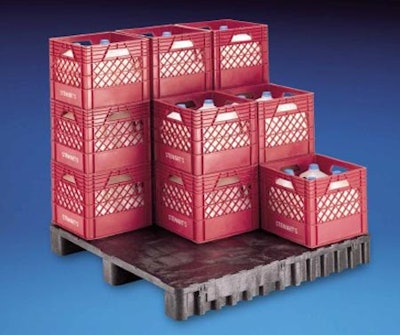
Identify potential products.
Estimate one-time and limited-use packaging costs.
Companies in this article
Generally, a company should consider switching to reusable transport packaging when it would be less expensive than one-time or limited-use transport packaging.


